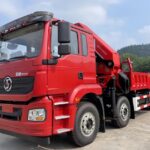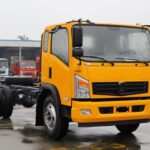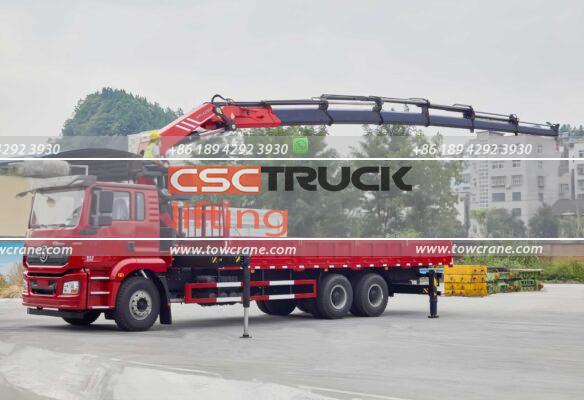When purchasing a road clearance truck, you might be asked whether you prefer air brakes, spring brakes, or hydraulic brakes. While this may seem straightforward to experienced buyers, it can be confusing for first-time purchasers. Don’t worry—this article will clarify the differences and help you make an informed decision.
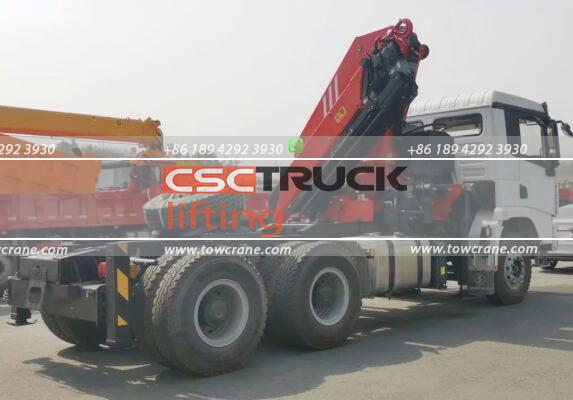
Hydraulic brakes are commonly used in smaller vehicles, but due to the heavy nature of road clearance trucks, hydraulic brakes are generally less effective for such applications. Let’s delve into the characteristics of each braking system:
初め, Hydraulic Brakes: Hydraulic brakes are known for their longer stopping distance and slower response time. Despite their simplicity, ease of repair, and relatively low cost, they are typically not suitable for heavy-duty vehicles like road clearance trucks. Hydraulic brakes are more commonly found in smaller trucks and motorcycles, though some small trucks may also use air brakes for added safety.
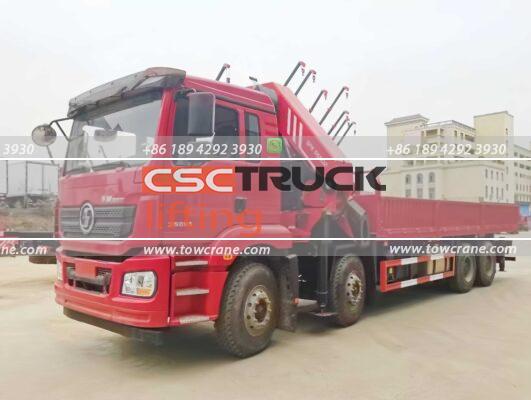
Second, Air Brakes: Air brakes offer a shorter stopping distance and faster response time compared to hydraulic brakes. しかし, they come with a more complex structure, making maintenance more costly, and they are also more expensive to purchase. Air brakes are commonly used in large trucks, special vehicles, バス, and other heavy-duty applications due to their effectiveness in handling the demands of such vehicles.
Third, Spring Brakes: Spring brakes utilize high-pressure air to push the brake pads apart. When air pressure is absent, the spring brakes engage the brake drum. Vehicles with spring brakes require the engine to build up air pressure before they can move. This is why you might notice a semi-truck taking a few moments to start moving after ignition.
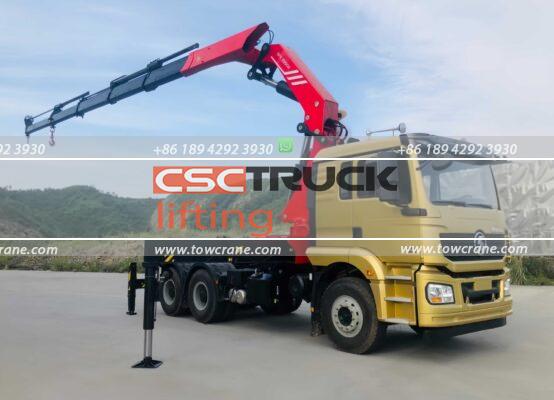
Differences Between Spring Brakes and Air Brakes:
1. Parking Brake Mechanism:Spring brakes use an energy-storing spring for braking, while regular air brakes use a central disc brake mechanism reliant on manual force. Their energy supply devices and mechanisms differ significantly.
2. Parking Brake Usage: Regular air brake systems are typically used only when the vehicle is stationary because they rely on braking torque applied to the drive shaft. Using these brakes while driving can overload the drive shaft and rear axle, potentially causing skidding or spinning. In contrast, spring brakes have a longer stroke and can assist with emergency braking if the driving brake force is insufficient. This makes spring brakes suitable for both parking and emergency situations, offering better stability and safety compared to regular air brakes.
Due to their superior safety and reliability, spring brakes are often the preferred choice for special and heavy-duty vehicles. In road clearance trucks, spring brakes provide enhanced braking performance and safety, making them a recommended option for these applications.



